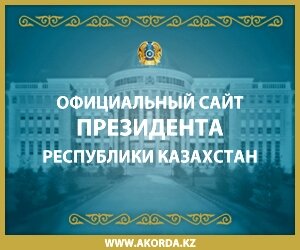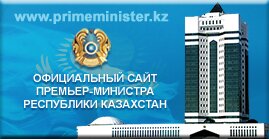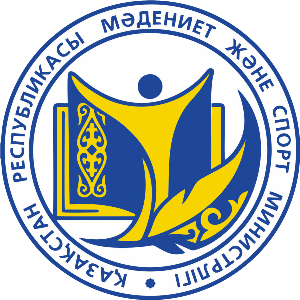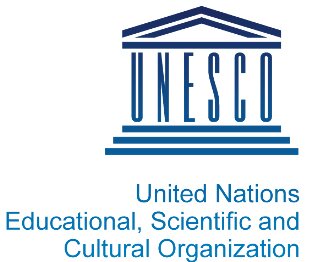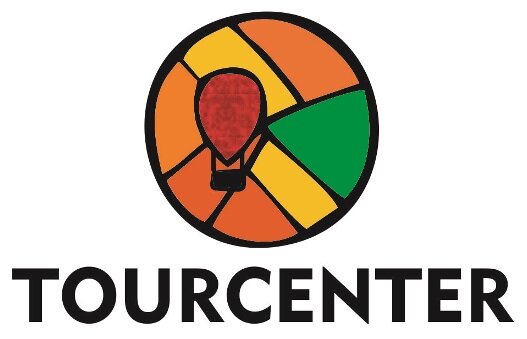
The rites “biye bailau (tying mares),“ aygyr kos u”(including the stallion in the herd) and“ kymyz muryndyk ”(drinking the first kumys)” were included in the representative list of the intangible cultural heritage of humanity under the nomination “Traditional spring rites of Kazakh horse breeders” on the 13th session of the Intergovernmental Committee for the Safeguarding of Intangible Cultural Heritage (ICH), which was held from November 26 till December 1, 2018 in the capital of the Republic of Mauritius - Port Louis city.
Kazakhstan participated in the sessions of the Committee as a member of UNESCO for the first time. The delegation of our country also included the director of Ulytau reserve museum, Baktiyar Kozhakhmetov. First the participants of the session honored the memory of Yelena Khorosh, the expert of the cultural heritage, with a minute of silence. She was a scientist at the Ulytau reserve-museum and the author of the above nomination. Yelena Khorosh previously participated in the preparation of successful applications for inscribing the Khoja Ahmed Yassavi Mausoleum and the Tamgaly petroglyphs on the World Heritage List.
Baktiyar Kozhakhmetov, Director of Ulytau reserve-museum
“Ulytau reserve-museum started working on preserving these rites in 2010. In 2012, these events became a folk festival called “Tersakkan Spring”. In 2014, members of the National Commission for UNESCO Emma Usmanova and Yelena Khorosh came to this festival and suggested the idea to include these rites in the intangible cultural heritage of UNESCO. In 2015, our festival was visited by the chairman of the National Commission for UNESCO in Kazakhstan, Hanzada Yessenova. Later the rites were included in the National List of Elements of the Cultural Intangible Heritage of Kazakhstan. Last year, the nomination “Traditional Festive Spring Rites of Kazakh Horse Breeders” was submitted to UNESCO on behalf of the Republic of Kazakhstan to include these rites in the Representative List of the Cultural Intangible Heritage of Humanity . Also last year there was held a fest called Kokmaisa. Now these festivals are very popular and they attract a lot of foreigners. A few days ago, our proposal was approved by UNESCO and these rites were recognized as the cultural heritage of humanity. It is great achievement for us. The recognition of UNESCO gives high status and puts it under international protection. That is, these ceremonies will remain for posterity. In addition, till today only Tersakkan and Ulytau people have tried to preserve all these rites but the whole Kazakhstan will be responsible for them.
In the near future, in the plans of the national reserve-museum "Ulytau", the spread of these rites to the fraternal countries that are related to the nomadic culture.
- 10.00 - 18.00
- 13.00 - 14.00
- from Monday to Friday
- Kazakhstan, Karaganda region, 101500
- Ulytau village, Bulkysheva St. 14
- Tel.+, 2-16-16
- Fax: +7(71035) 2 13 42,
- Press secretary: 8 701 125 49 11










